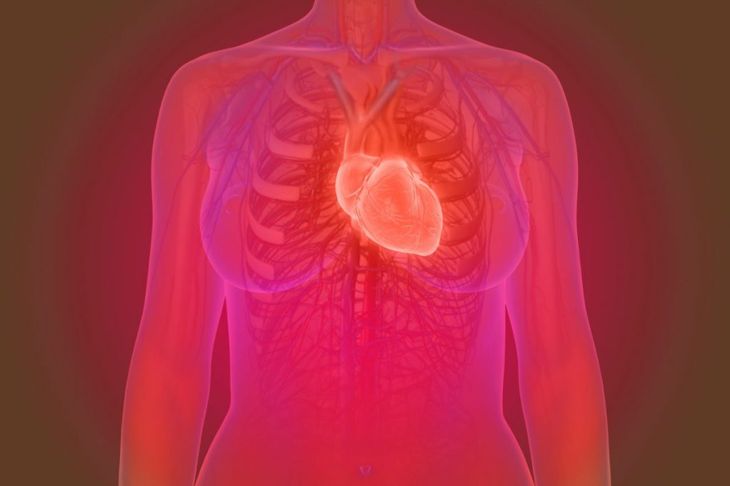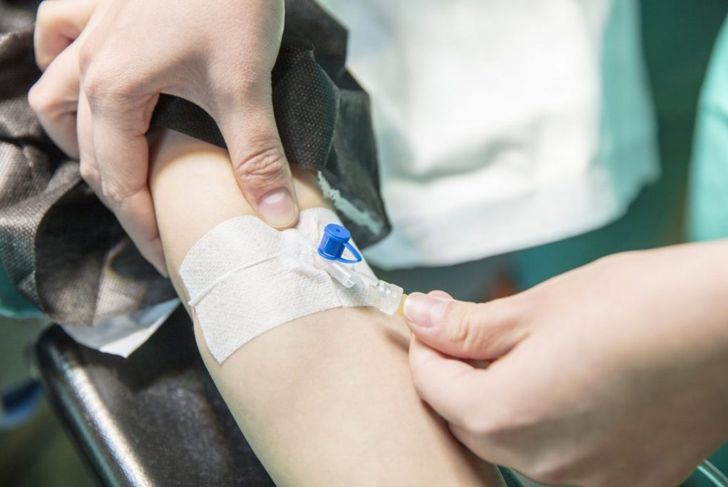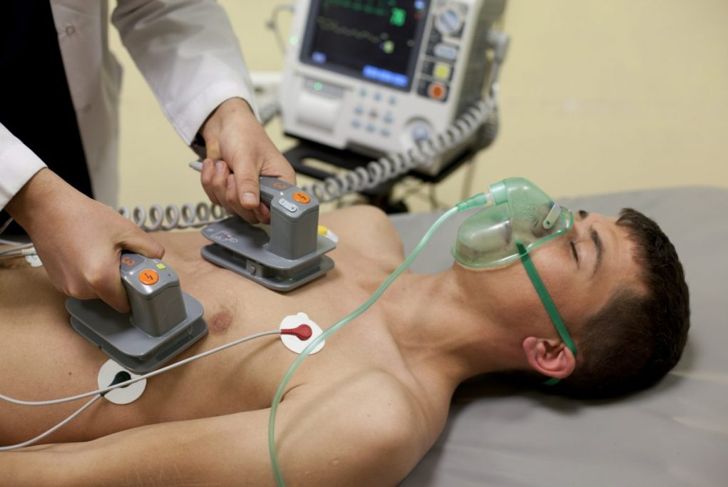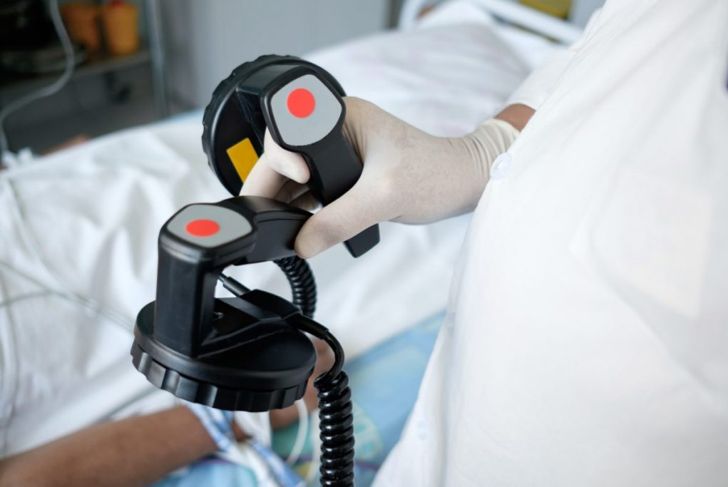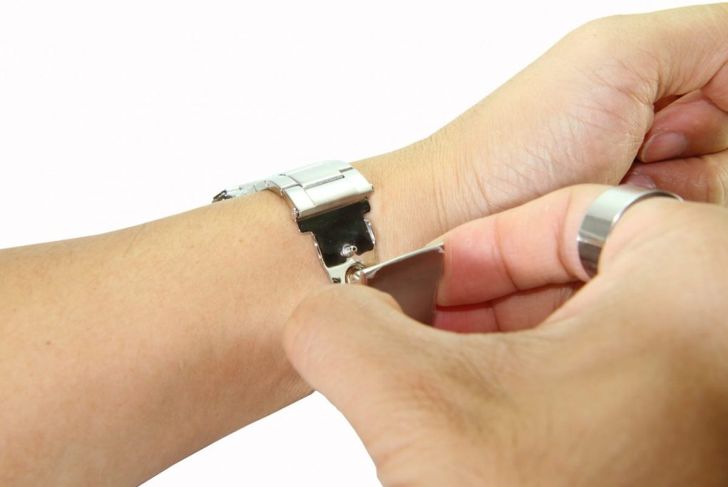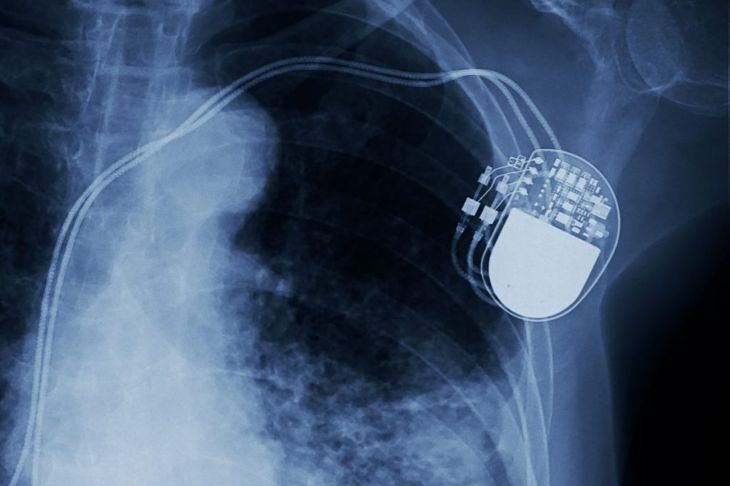Cardioversion restores a normal heartbeat in patients with arrhythmias, and heartbeats that are too fast or irregular. Doctors use one of two methods for restoring normal heartbeat: medication or electric shock also called electrical cardioversion.
Who Needs Cardioversion?
Atrial fibrillation occurs when the signals sent out by the atrium, responsible for sending electrical impulses, are irregular, causing the heartbeat to become too fast or to beat in an irregular pattern. Doctors may use cardioversion to treat this common cause of arrhythmias. The treatment may also help restore a normal heartbeat in emergency and life-threatening situations.
Symptoms of Arrhythmia
Many people with arrhythmia will not experience any symptoms that suggest something is wrong, and the doctor will not detect the arrhythmia until a routine health screening. However, some people do develop tell-tale signs including fatigue and lethargic. They may experience shortness of breath or feel lightheaded from physical exertion. Some people can tell that their hearts are beating too fast.
Pharmacologic Cardioversion
Pharmacologic cardioversion uses medication instead of electric shock. During the treatment, doctors administer antiarrhythmic medicine to restore normal heart rhythm in their patients. The patient may take the drugs orally or a doctor may inject them directly into the vein using an IV.
Risks of Pharmacologic Cardioversion
Pharmacologic cardioversion carries some risks to the patient, including more dangerous heart arrhythmias or increased frequency of irregular heartbeats. If this happens, the doctor may try a different medicine or turn to electrical cardioversion. Pharmacologic cardioversion also has the potential to dislodge existing blood clots from the heart. If the practitioner is concerned about this, he or she may prescribe blood thinners before the procedure to lower the risk.
Electrical Cardioversion
During electrical cardioversion, the doctor places the patient under general anesthetic or deep sedation. Two electrical paddles are placed on the chest, or one on the chest and one on the back. The electric shock passing through the paddles resets the heartbeat and restores normal rhythm. Sometimes, one shock is enough to restore a normal heartbeat. Others require two or more shocks to bring the heart back to a regular pattern.
Risks of Electrical Cardioversion
The risks of electrical cardioversion are similar to those of pharmacologic cardioversion. The procedure may fail to restore normal heart rhythm, in which case doctors may consider other methods of restoring a normal heartbeat, including medication. Like pharmacological methods, electrical cardioversion has the potential to dislodge blood clots in the heart, leading to serious complications such as stroke. It can also cause a temporary drop in blood pressure.
Preparing for Electrical Cardioversion
Electrical cardioversion is usually a planned procedure. The patient must abstain from eating and drinking for eight hours before and avoid applying lotions or skin products to the area where the shock will be administered, as this can interfere with the electrical conductivity of the paddles. The doctor will also alert the patient to any medications they should cease prior to the procedure.
Aftercare
Following electrical cardioversion, medical personnel will keep the patient under observation and the doctor will confirm that the heart rhythm has normalized. Most patients can return home the same day, although they should not drive themselves. If the treatment was unsuccessful in restoring a normal heart rhythm, the doctor might recommend other methods such as medication or a pacemaker.
Electrical Cardioversion Recovery
Patients should avoid any excessive physical activity for up to a week the following cardioversion. They may experience soreness at the electric shock sites, so the doctor will advise how to care for the skin until it heals. Sometimes, the doctor will prescribe anti-clotting medication for a period following the procedure, to protect against blood clots.
Alternatives to Electrical Cardioversion
In addition to pharmacologic cardioversion, doctors may recommend an alternative procedure called ablation. A surgeon makes a small scar on the heart’s tissue to halt any incorrect electrical signals. Pacemakers can also help regulate frequently problematic heartbeats.

 Home
Home Health
Health Diet & Nutrition
Diet & Nutrition Living Well
Living Well More
More